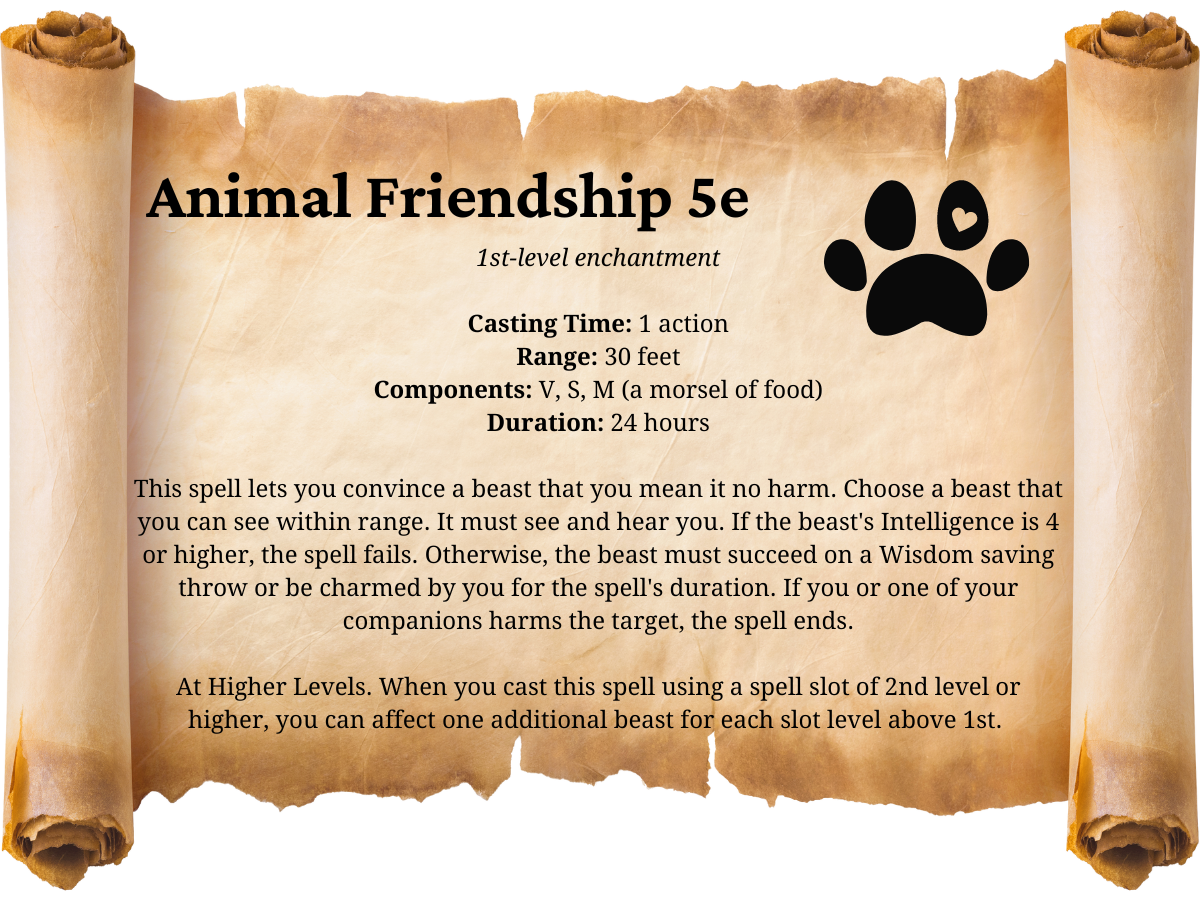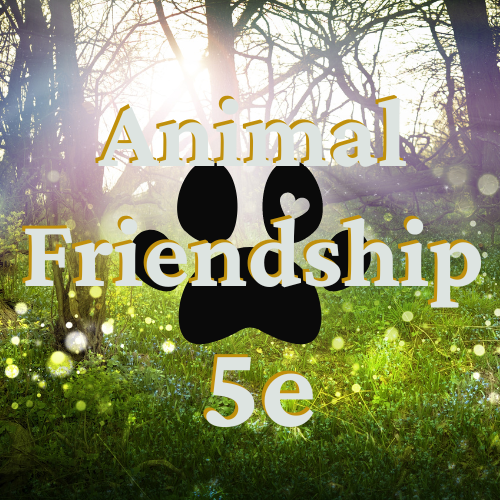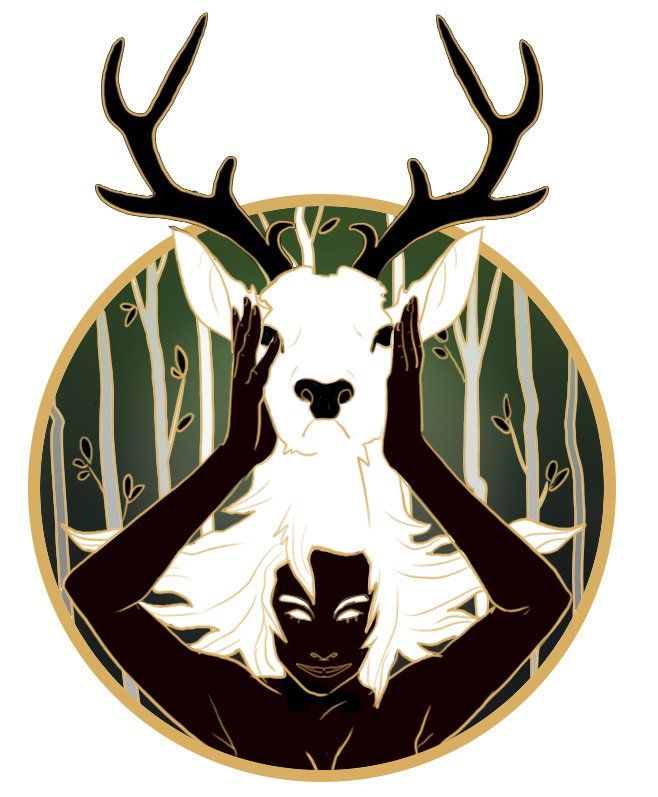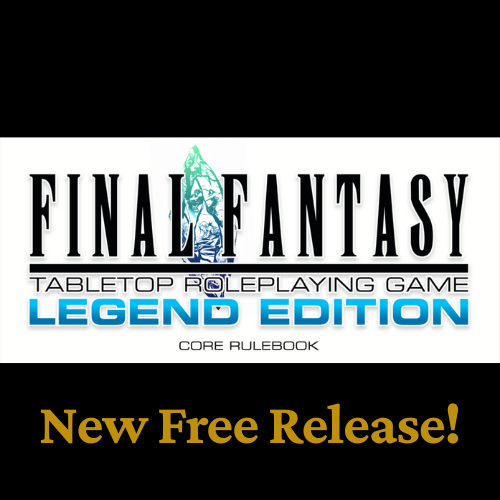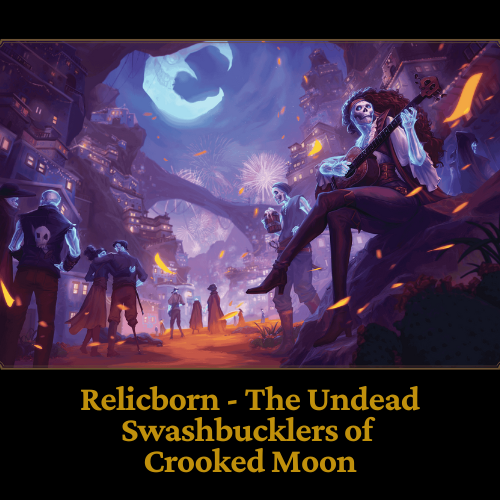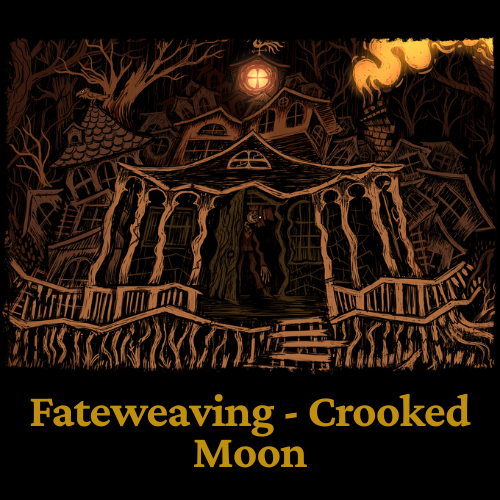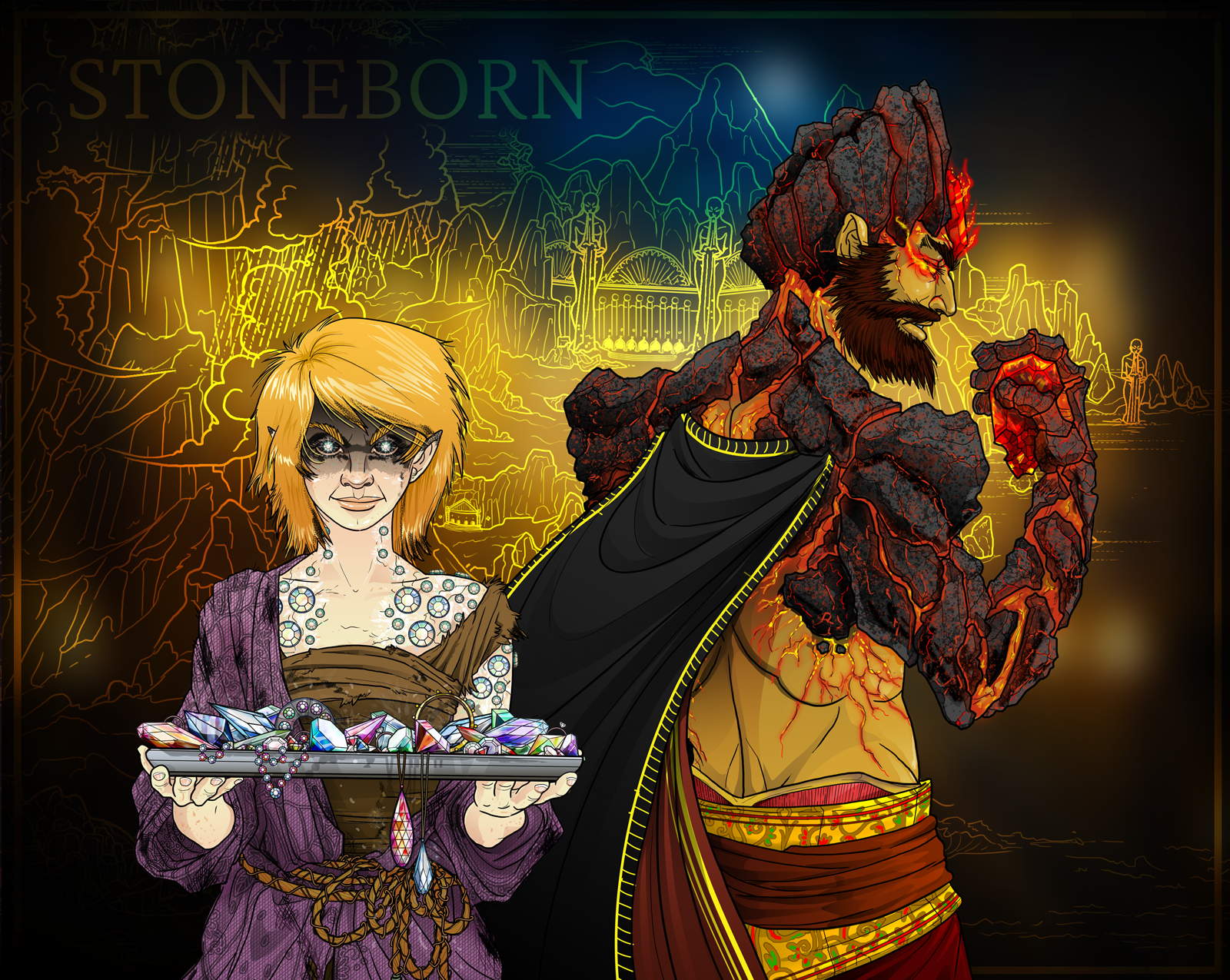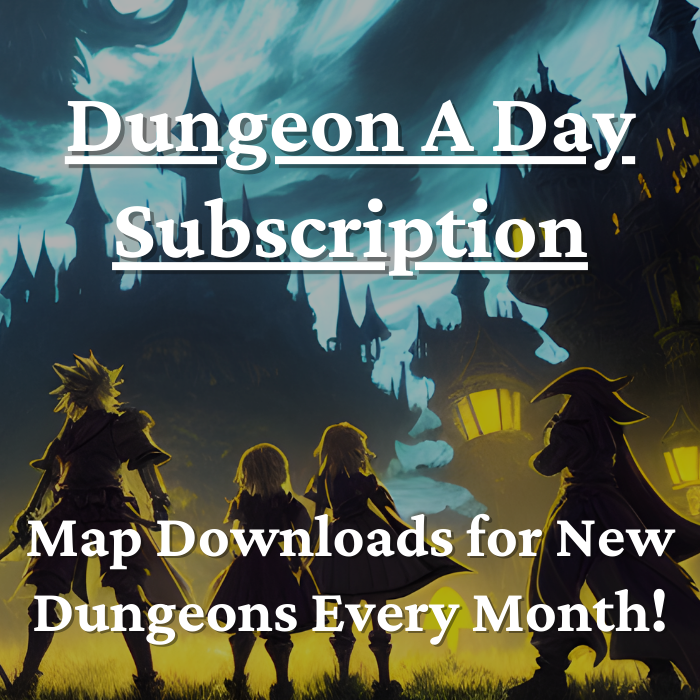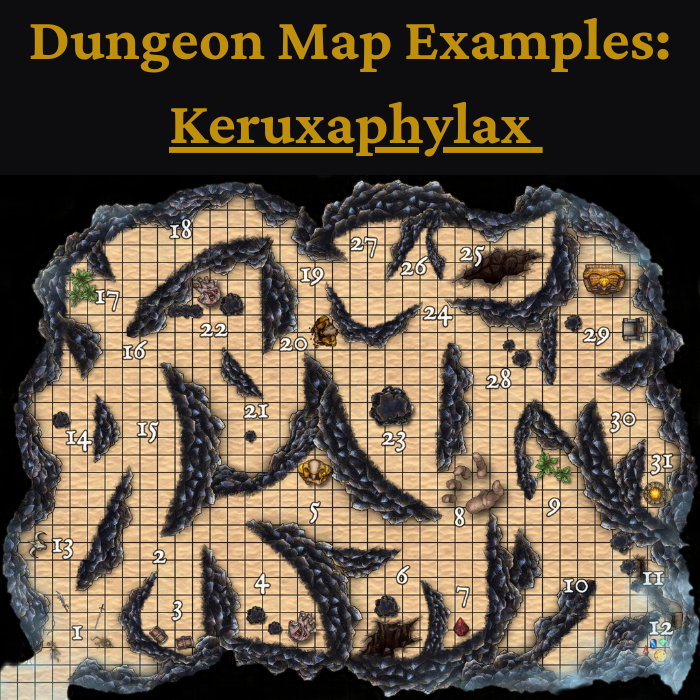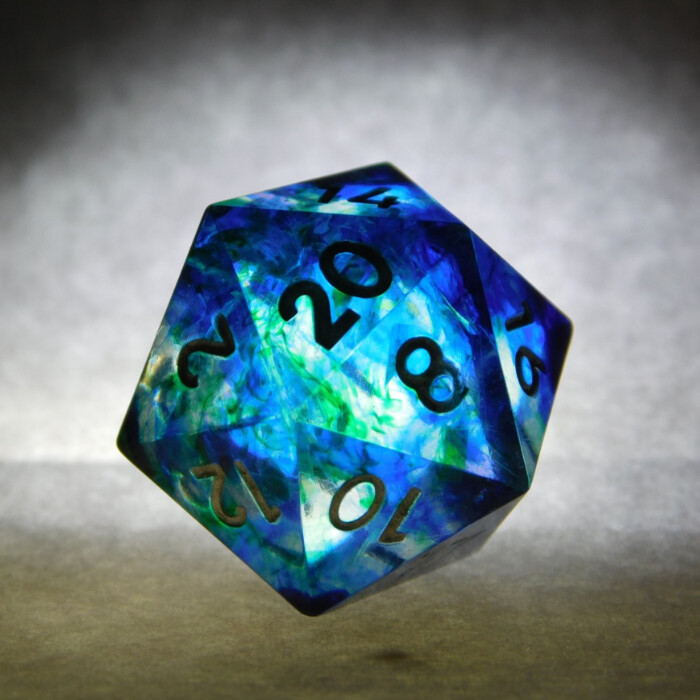Animal Friendship 5e Image
Animal Friendship 5e Spell Effects
1st-level enchantment
Casting Time:
1 action
Range:
30 feet
Components:
V, S, M (a morsel of food)
Duration:
24 hours
This spell lets you convince a beast that you mean it no harm. Choose a beast that you can see within range. It must see and hear you. If the beast's Intelligence is 4 or higher, the spell fails. Otherwise, the beast must succeed on a Wisdom saving throw or be charmed by you for the spell's duration. If you or one of your companions harms the target, the spell ends.
At Higher Levels.
When you cast this spell using a spell slot of 2nd level or higher, you can affect one additional beast for each slot level above 1st.
All information about Animal Friendship 5e comes from the
DnD Player's Handbook.
Classes That Can Cast Animal Friendship 5e
The following classes gain access to casting Acid Splash 5e as part of their normal class spell availability:
Animal Friendship Usefulness
Animal Friendship 5e is probably a mid-tier spell in terms of overall value, at best. Charming animals like bears or wolves may have some value, though if you face something like an
owlbear, the spell's value - if it succeeds - increases quite a bit.
As with so many other spells in D&D 5e, the main problem with spells like Animal Friendship 5e is that at least half of the spell's overall value likely comes from roleplay encounters. If you happen to adventure into a forest with powerful animals, or can charm animals to help you find important things in your adventure, etc. then Animal Friendship may be an amazing spell. However, if you don't come across animals, your 1st-level spell slot is almost certainly better spent with a damage or healing spell of some kind, such as
hellish rebuke 5e or
cure wounds 5e.
The main thing to keep in mind is that spell usefulness is mainly based on the adventure your group is currently facing, and your dungeon master's use of encounters. Most 5e groups get into a lot of combat encounters, which is why more heavily roleplay-based spells like animal friendship aren't often as valuable as primarily combat-based spells.
-
-
Sold Out
![Dungeon A Day Subscription]()
![Dungeon A Day Subscription]()
-
-
-
Sold Out
![Dungeon A Day Subscription]()
![Dungeon A Day Subscription]()
-
Combine Animal Friendship 5e with the Following Spells
When it comes to combat, the more time you can buy yourself to charm animals, the more likely you are to turn the combat encounter into just a host of benign animal friends. You can use spells like
mage armor 5e and
haste 5e to increase your AC against enemy attacks, while using
cause fear 5e and
charm person 5e to keep any non-animal enemies away from you.
Basically, if you just stay alive long enough, assuming you have enough spell slots, you should be able to successfully use animal friendship on just about any animal who attacks you. The spell requires a successful Wisdom save to resist, after all - which, of course, most animals are not very good at succeeding with.
Animal Friendship 5e Counters
In probably 99.9% of cases, animals (and their companions) have no way of removing an animal friendship 5e effect. Imagine a pack of wolves - they aren't going to cast
silence 5e on you, naturally. Also, though the charm effect from animal friendship breaks if you or one of your companions attacks the charmed animal, technically, that effect does not break if an ally attacks the charmed target. That is to say, one wolf can't give another wolf a gentle nibble to free them of the charm effect.
So, with no dispel magic effects or magical counters at hand, a charmed animal (and its animal friends) are pretty much helpless against the animal friendship 5e spell.
The only counter you may have to watch out for is if you use animal friendship 5e on an enemy ranger or druid's animal companion, as they may have some magical effects of their own that they can use to counter your spell.
Animal Friendship-Type Spells in Eternity TTRPG
Eternity TTRPG has its own independent
TTRPG known by the same name: the
Eternity TTRPG Game System. In Eternity TTRPG, spells are not classified into primarily combat-based spells or roleplay-based spells, as they often are in D&D 5e. Instead, any spell or ability from any class may be used in a roleplay situation as players deem that the effect "fits." Furthermore, spells and abilities may be used creatively, with no "set" way for them to be used, by definition.
The only restrictions on roleplay use of spells and abilities is that the creative use of it may not be more "powerful" than it would be in combat (in a direct way), or the effect must roughly match the spell's name or original intended use.
Below is one spell, as an example, that could be an Eternity TTRPG Game System equivalent for the animal friendship 5e spell.
Druid - Core Class Ability
Spirit Animal:
you summon an animal companion with 1HP and Stats otherwise the same as the druid’s, except with -5Resilience, -5Dodge, and -5Will. On “Spirit Animal’s” turn, choose an enemy in 1Range, and roll d20. If you roll 18-20, “Spirit Animal” attacks, automatically dealing 1damage. “Spirit Animal” may also use “Charge” (see Chapter 14, “Additional Actions” - you may use Faith vs. Resilience to do so, if you so choose), but doing so reduces the druid’s Wisdom. “Spirit Animal” acts on the same turn as the druid.
“Spirit Animal” always has the same Stats as the druid, whether from level increases, buffs, or
debuffs. If the druid receives a debuff, it also affects the “Spirit Animal.” However, “Spirit Animal” is immune to both Wisdom damage and debuffs that cause recurring damage.
It takes 15minutes to summon/ tame a “Spirit Animal,” so a new “Spirit Animal” cannot be
created during Combat. You can only have one “Spirit Animal” active at a time. You continually maintain “Spirit Animal” for 3Inspiration.
(Dazed):
while you are Dazed, “Spirit Animal” is also Dazed.
- (Nature's Wrath) You instead have two (2) “Spirit Animals” active at a time, and they each only have -1Reslience, -1Dodge, and -1Will. You continually maintain this Critical for 5Inspiration (and 0Wisdom).
- (Nature's Healing) Your “Spirit Animal” instead has 2HP. The next time you or an ally take damage while adjacent to your “Spirit Animal,” roll d20. If you roll 6-20, your “Spirit Animal” instead takes that damage.
- (Primal) Your “Spirit Animal” instead has 2HP, and has +4Strike Bonus when using “Charge.” You continually maintain this Critical for 5Inspiration (and 0Wisdom).
A player could make the case that their spirit animal could communicate with other animals - at least those that are of their same animal species. Then, assuming the interaction went well, perhaps the spirit animal could convince, charm, or lead another animal so that it was essentially "charmed," with a similar end result to the animal friendship 5e spell. This is just one example of how a spell from Eternity TTRPG, though its "combat effect" is far different, could easily be used for roleplay purposes.
Curious to learn more? Check out the
Eternity TTRPG Core Game!
Druid - Core Class Ability
Spirit Animal:
you summon an animal companion with 1HP and Stats otherwise the same as the druid’s, except with -5Resilience, -5Dodge, and -5Will. On “Spirit Animal’s” turn, choose an enemy in 1Range, and roll d20. If you roll 18-20, “Spirit Animal” attacks, automatically dealing 1damage. “Spirit Animal” may also use “Charge” (see Chapter 14, “Additional Actions” - you may use Faith vs. Resilience to do so, if you so choose), but doing so reduces the druid’s Wisdom. “Spirit Animal” acts on the same turn as the druid.
“Spirit Animal” always has the same
Stats as the druid, whether from level increases, buffs, or debuffs. If the druid
receives a debuff, it also affects the “Spirit Animal.” However, “Spirit Animal” is immune to both Wisdom damage and debuffs that cause recurring damage.
It takes 15minutes to summon/ tame a
“Spirit Animal,” so a new “Spirit Animal” cannot be created during Combat. You
can only have one “Spirit Animal” active at a time. You continually maintain “Spirit Animal” for 3Inspiration.
(Dazed):
while you are Dazed, “Spirit Animal” is also Dazed.
- (Nature's Wrath) You instead have two (2) “Spirit Animals” active at a time, and they each only have -1Reslience, -1Dodge, and -1Will. You continually maintain this Critical for 5Inspiration (and 0Wisdom).
- (Nature's Healing) Your “Spirit Animal” instead has 2HP. The next time you or an ally take damage while adjacent to your “Spirit Animal,” roll d20. If you roll 6-20, your “Spirit Animal” instead takes that damage.
- (Primal) Your “Spirit Animal” instead has 2HP, and has +4Strike Bonus when using “Charge.” You continually maintain this Critical for 5Inspiration (and 0Wisdom).
A player could make the case that their spirit animal could communicate with other animals - at least those that are of their same animal species. Then, assuming the interaction went well, perhaps the spirit animal could convince, charm, or lead another animal so that it was essentially "charmed," with a similar end result to the animal friendship 5e spell. This is just one example of how a spell from Eternity TTRPG, though its "combat effect" is far different, could easily be used for roleplay purposes.
Curious to learn more? Check out the
Eternity TTRPG Core Game!
Druid - Core Class Ability
Spirit Animal:
you summon an animal companion with 1HP and Stats otherwise the same as the druid’s, except with -5Resilience, -5Dodge, and -5Will. On “Spirit Animal’s” turn, choose an enemy in 1Range, and roll d20. If you roll 18-20, “Spirit Animal” attacks, automatically dealing 1damage. “Spirit Animal” may also use “Charge” (see Chapter 14, “Additional Actions” - you may use Faith vs. Resilience to do so, if you so choose), but doing so reduces the druid’s Wisdom. “Spirit Animal” acts on the same turn as the druid.
“Spirit Animal” always has the same Stats as the druid, whether from level increases, buffs, or debuffs. If the druid
receives a debuff, it also affects the “Spirit Animal.” However, “Spirit Animal” is immune to both Wisdom damage and debuffs that cause recurring damage.
It takes 15minutes to summon/ tame a “Spirit Animal,” so a new “Spirit Animal” cannot be created during Combat. You
can only have one “Spirit Animal” active at a time. You continually maintain “Spirit Animal” for 3Inspiration.
(Dazed):
while you are Dazed, “Spirit Animal” is also Dazed.
- (Nature's Wrath) You instead have two (2) “Spirit Animals” active at a time, and they each only have -1Reslience, -1Dodge, and -1Will. You continually maintain this Critical for 5Inspiration (and 0Wisdom).
- (Nature's Healing) Your “Spirit Animal” instead has 2HP. The next time you or an ally take damage while adjacent to your “Spirit Animal,” roll d20. If you roll 6-20, your “Spirit Animal” instead takes that damage.
- (Primal) Your “Spirit Animal” instead has 2HP, and has +4Strike Bonus when using “Charge.” You continually maintain this Critical for 5Inspiration (and 0Wisdom).
A player could make the case that their spirit animal could communicate with other animals - at least those that are of their same animal species. Then, assuming the interaction went well, perhaps the spirit animal could convince, charm, or lead another animal so that it was essentially "charmed," with a similar end result to the animal friendship 5e spell. This is just one example of how a spell from Eternity TTRPG, though its "combat effect" is far different, could easily be used for roleplay purposes.
Curious to learn more? Check out the
Eternity TTRPG Core Game!
